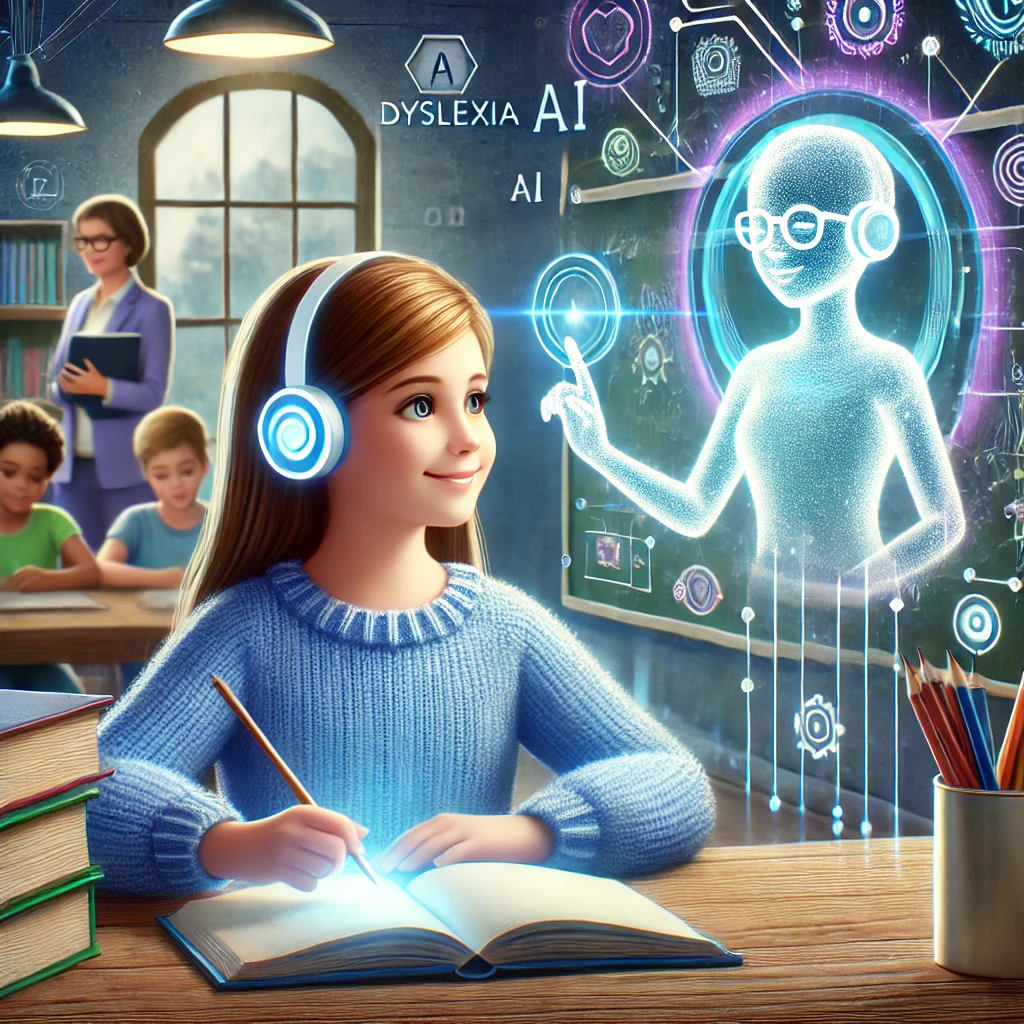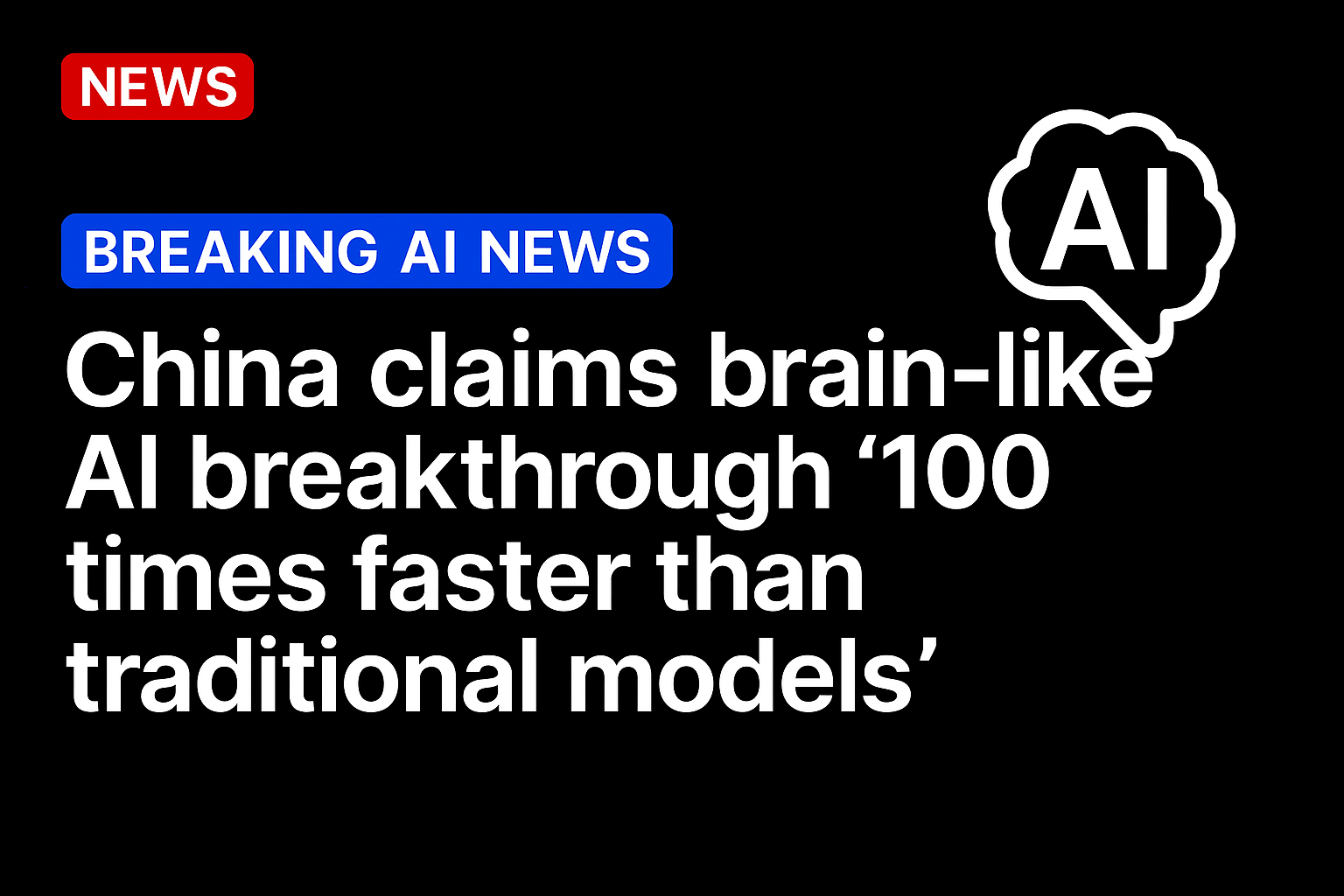For students like 14-year-old Makenzie Gilkison, artificial intelligence has been a game changer. Living with dyslexia, Makenzie once struggled with reading and spelling to the point of frustration and self-doubt. Today, AI-powered tools are helping her excel in school, even earning her a place in the National Junior Honor Society.
Bridging Gaps with Technology
Makenzie’s story highlights the transformative potential of assistive technology. Tools such as customized AI chatbots and word prediction programs allow her to read, write, and comprehend alongside her peers. “I would have just probably given up if I didn’t have them,” she admits. For students with visual, speech, language, or hearing impairments, these technologies represent new opportunities to engage and succeed in the classroom.
Schools Adapting to the AI Revolution
While schools are still exploring how to integrate AI effectively, the urgency to apply it for students with disabilities is clear. From real-time speech-to-text applications for hearing-impaired students to AI tools that adapt to individual learning needs, these advancements are making education more inclusive. However, the adoption process comes with challenges:
- Training Educators: Teachers need proper training to use and teach with AI tools effectively.
- Ensuring Accessibility: Not all schools have the resources to implement these technologies equitably.
- Balancing Privacy and Innovation: Protecting student data while maximizing AI’s benefits is crucial.
A Path to Empowerment
AI’s potential extends beyond academics. For students with disabilities, it offers a sense of independence and self-confidence. By enabling tasks that once seemed impossible, AI fosters a more inclusive learning environment where every student can thrive.
Makenzie’s journey is a testament to the power of technology in breaking down barriers. As AI continues to evolve, it holds the promise of transforming education for countless others, ensuring that no student is left behind in the pursuit of knowledge.





